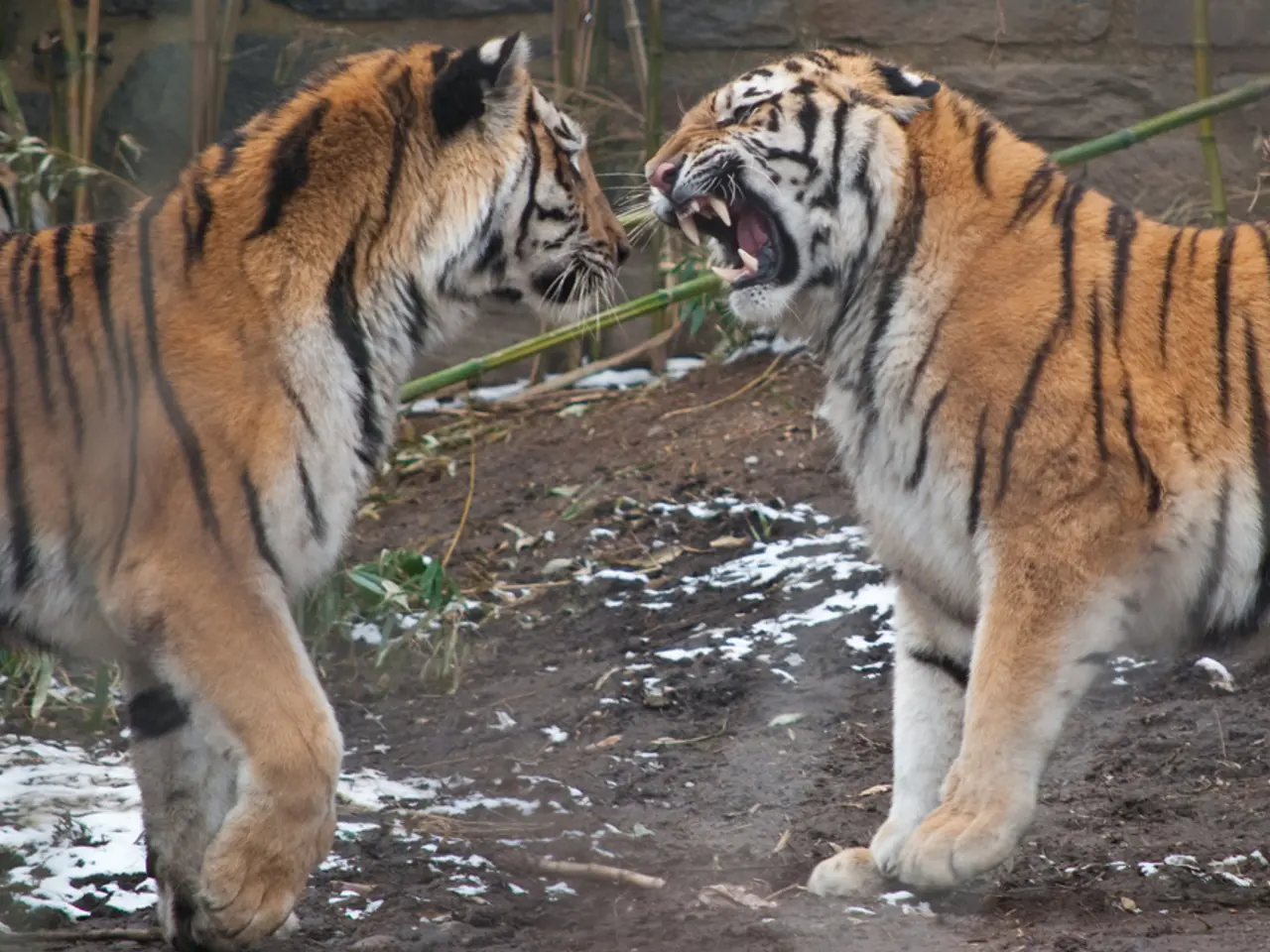Larger-Than-Life Lemurs of Madagascar: A Glimpse into the Island's Previous, Vanished Ecosystem
In the distant past, Madagascar was home to a remarkable group of creatures: the giant lemurs. These colossal mammals, weighing up to 200 kilograms, were significantly larger than their modern-day counterparts [1]. Their story offers valuable lessons about the importance of understanding ecosystem relationships and the consequences of disrupting them.
Madagascar, separated from the African mainland over 160 million years ago, developed a diverse range of species found nowhere else on Earth. Giant lemurs played crucial ecological roles, feeding on leaves, fruits, and possibly seeds, and facilitating seed dispersal [2].
However, the arrival of humans around the 1st millennium AD marked a turning point for these magnificent creatures. The primary factors leading to their extinction were human activities such as direct hunting, habitat destruction due to forest clearing, farming, herding, and increased use of fire, which caused significant ecosystem changes [1].
Radiocarbon dating shows that giant lemurs weighing over 150 kilograms survived until shortly after humans arrived, but they rapidly went extinct due to hunting pressure and habitat disruption. Other large endemic species such as Malagasy hippopotamuses and elephant birds also disappeared within this time frame [1].
Anthropogenic fires contributed to transforming Madagascar's rainforest into a patchwork of grassland and woodland, further degrading suitable habitat for these megafauna. Although some smaller fauna initially increased due to reduced competition, their populations declined over the next 500 years [1].
Today, the remaining lemurs continue to play vital ecological roles, while the study of giant lemurs provides insights into Madagascar's evolutionary history. The tale of the giant lemurs serves as a cautionary tale and a call to action in the face of global challenges such as climate change and biodiversity loss.
Conservation efforts are crucial for preserving Madagascar's unique biodiversity. Conservation organizations are working to protect Madagascar's lemurs and their habitats through initiatives like creating protected areas, promoting sustainable land use, and engaging local communities.
Educational programs raise awareness about conservation and inspire the next generation of environmental stewards. Supporting these efforts, advocating for sustainable practices, and raising awareness can help protect the natural world for future generations.
Madagascar, often referred to as the "eighth continent," is a unique island with rich biodiversity and a distinct evolutionary history. The legacy of the giant lemurs invites us to take action to ensure the endurance of Madagascar's biodiversity.
References: [1] Rakotoarison, S., et al. (2011). Human-induced rapid climate change and the extinction of large body size in Madagascar's megafauna. Proceedings of the National Academy of Sciences, 108(49), 19671-19676. [2] Goodman, S. M., et al. (2003). The evolutionary history and biogeography of Madagascar's lemurs. Trends in Ecology & Evolution, 18(10), 533-540.
- Given the story of the giant lemurs in Madagascar, the importance of understanding ecosystem relationships and the consequences of disrupting them is evident.
- Modern-day research in Madagascar focuses on preserving the island's unique biodiversity in the face of climate change and biodiversity loss.
- The extinction of giant lemurs and other large endemic species was due to human activities like hunting, habitat destruction, and increased use of fire, contributing to climate-change induced ecosystem changes.
- Climate-change research reveals that Madagascar's megafauna suffered drastic body size reductions upon human arrival and rapid extinction due to hunting pressure and habitat disruption.
- Science and environmental-science communities have a crucial role in studying the past and informing sustainable solutions for the future of Madagascar's wildlife and plants.
- By promoting sustainable living and embracing a 'home-and-garden' lifestyle that minimizes environmental impact, we can help preserve Madagascar's ecosystems and its incredible biodiversity.
- Conservation organizations strive for a sustainable future by protecting lemurs and their habitats, creating protected areas, promoting sustainable land use, and engaging community members while inspiring environmental stewards.





